A wonderful day, full of interesting scenery. We got up real early, had a quick breakfast, and were on the road out of town by 6:30 just as the sun was coming up. It was cloudy but not drizzly like the day before, and traffic was light; it took us 30 minutes to get into the maquis (as the scrub is called here).
asdffff
We kept going past the entrance to the Parc Provincal de la Rivière Bleue, then saw a sign to "Bois du Sud, 2.1km"... so we said it can't be that bad if it's only 2.1km off the road. We discovered wonderful and well equipped campsites in a little patch of rainforest surrounded by interesting maquis scrub... the campsites had flush toilets and a (cold) shower and shelters and grass for tents. Very pleasant! We drove on.
Just a bit down the road we turned south the Le Chute De Madeleine. The road quickly deteriorated with deep ruts; it was marginally passable in a regular car but we had no problems in our Land Rover Freelander. I stopped and took a few more pictures of plants--the ground was covered with very dark brown and purple-red rocks, wearing what looks like a thin layer of rust. Just looking at it you'd expect it to be dusty lava, but when you picked up a rock they were very dense and you realize it isn't pumice-like lava at all!
As we approached the Chute de Madeleine Botanical Reserve, we started seeing Agathis ovata trees, a type of kauri. Many of the bigger kauri tree species form a big candelabra type crown high off the ground, with a bare, branchless trunk below. These trees sure had that form, though there were quite a bit shorter, branching 1 to 2m off the ground, and not being more than 4 to 5m tall in total. They were very reminiscent of South African plants I've seen pictures of.
A few kilometers more we pulled into the parking lot, where we were the only car. The reserve looked fairly new, and we walked over to the falls. These were interesting--they weren't very tall, maybe 2 to 3m, but they were flowing over what is essentially iron. Looking down at the rocks, it looked like either 'foamy metal' or frozen liquid wrought iron. Again, most of the rocks looked like they were rusting!
There were also many curious endemic plants around. Small trees that I thought were araucaria instead turned out to be a type of cypress, but there were also Araucaria muelleri present. There were also other conifers, including one growing in the water, and several other plants. All of these were very well signed with species name and family.
It was the 2km path back to the car that was the most fascinating. There were many, many plants signed, often more than once, along the path, pointing out curious plants like Xerostemon (a small myrtle shrub with large red and yellow flowers), Tristania (related to a common street tree in Australia and California) and sundews (a carnivorous plant). We spotted a couple of tall araucaria on the far bank of the river, but couldn't identify them. The pictures really tell the story here, though I couldn't take as many as I'd liked because one of the memory cards for my camera was faulty. Grrr.
We then drove across the Plaine des Lacs to the Gîte Kanua, and had a great lunch. It's a place I wouldn't mind staying for a few days... right on a calm beach, with column pines across the bay and banyan and coconut palms. The food was great--we had the fixed menu. It started out with a seafood salad served in a giant clam shell, followed by some sort of fish and a curious but yummy creamy mousse with fruit. This place felt remote and relaxing, a stereotypical South Pacific beach hideaway. I must admit to feeling giddily romantic there!
After lunch, we headed back to Nouméa to turn in the car. Going west from Port Boisé, we came across a large new industrial site in the middle of nowhere. Andre says its some Canadian nickel mining company that's mining the soil. It was interesting to see a huge pad for the plant--just bare red soil about 500m by 300m wide, maybe larger--and dozens of portable trailers for the workers and a new power line pylons. There's nothing else out there but maquis.
All in all, I was amazed at the maquis--it is certainly fascinating, curious, and strange.
I also was a bit worried about the new nickel mining there, especially if they're 'mining
the soil'. I wonder how many plant species will become extinct. It was also strange that
New Caledonia and France hadn't elevated the national parks in the area to World Heritage
Area status. It would certainly qualify, along with New Caledonia's reef and lagoon system.
After we returned the car, Chris thought we should head to the botanic garden. I was only
mildly interested, because it looked a bit outdated. There is a new botanic garden being
built closer in to town, but it's not open yet. We took a taxi up there, and in the fading
light we found their araucaria collection of maybe a dozen species. Frankly, I thought the
Mt Tomah Botanic Gardens near Sydney had a much better collection. What really made the
trip worthwhile, though, was a signboard that listed where in New Caledonia to find all
the native Araucaria and Agathis species. I took several pictures to help in planning
a possible return trip.
Flagging down a passing taxi, which saved us the 3km walk down the hill into town, we
headed back to the hotel. Our package tour included a "very French" dinner at the hotel,
which was quite good... then after our early and very full day, we headed to bed.
It was one of the most fun days we've had this year.
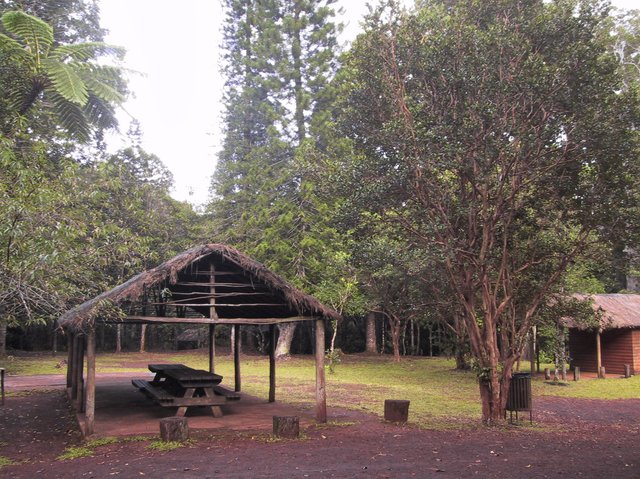
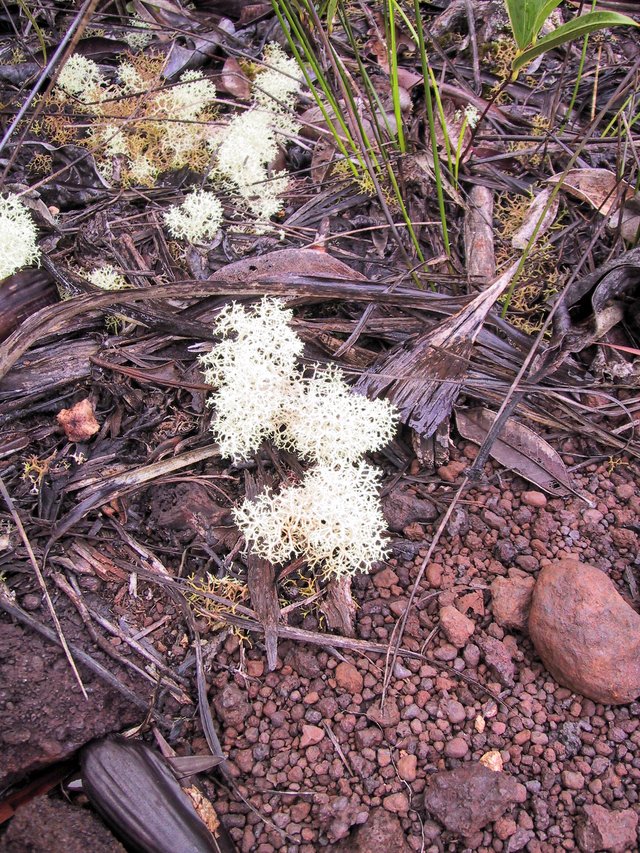

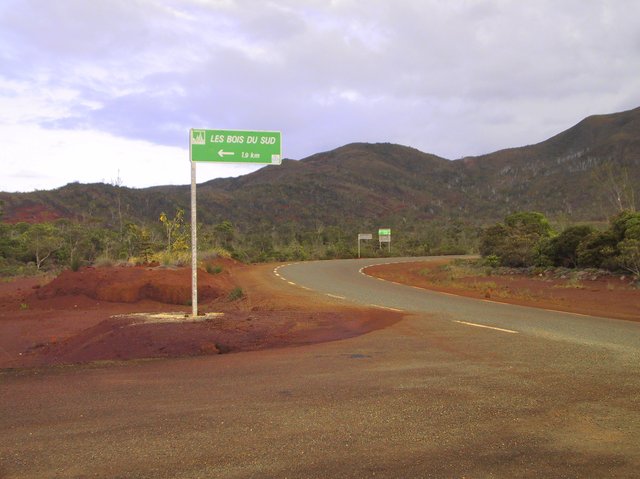
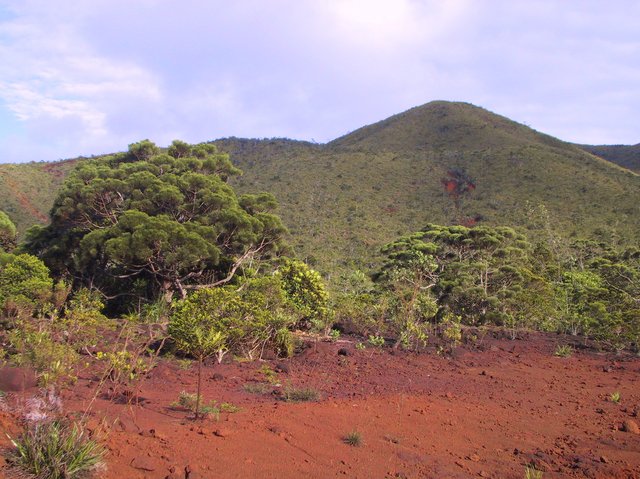
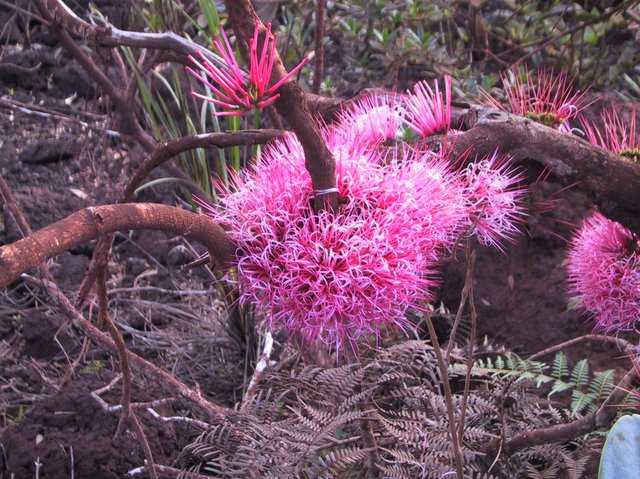
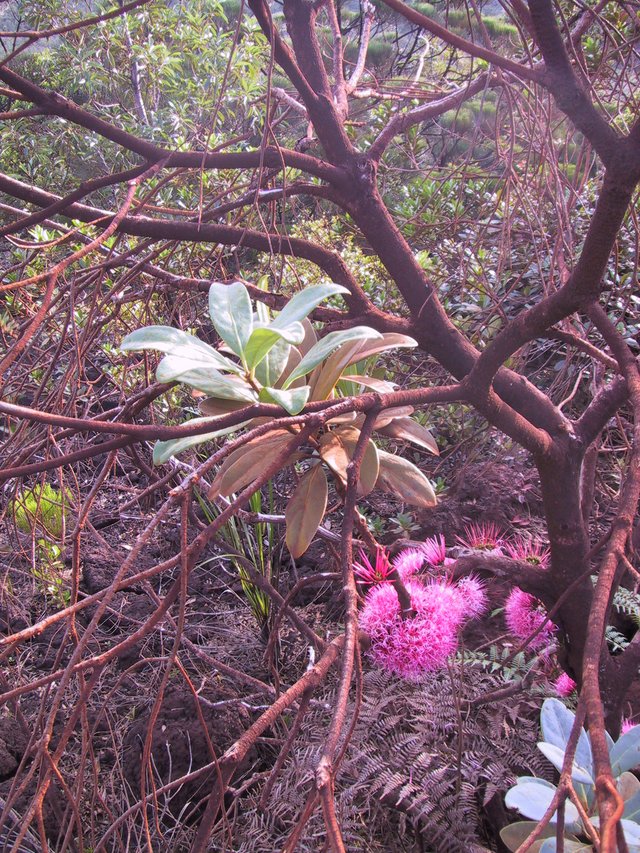
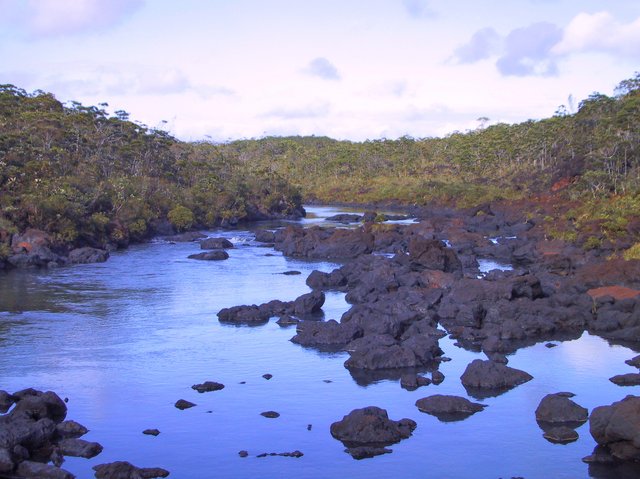
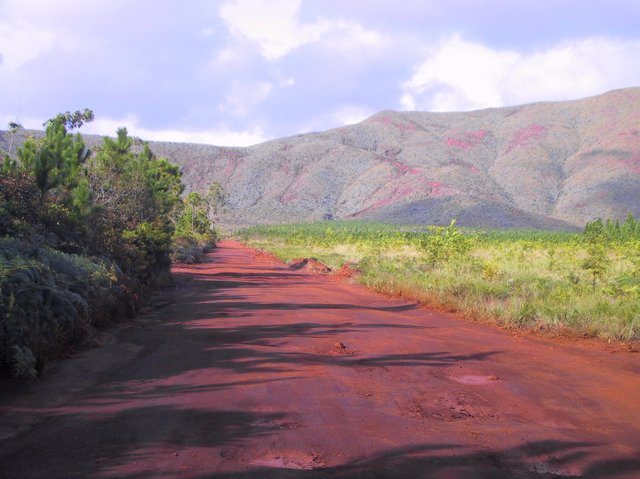
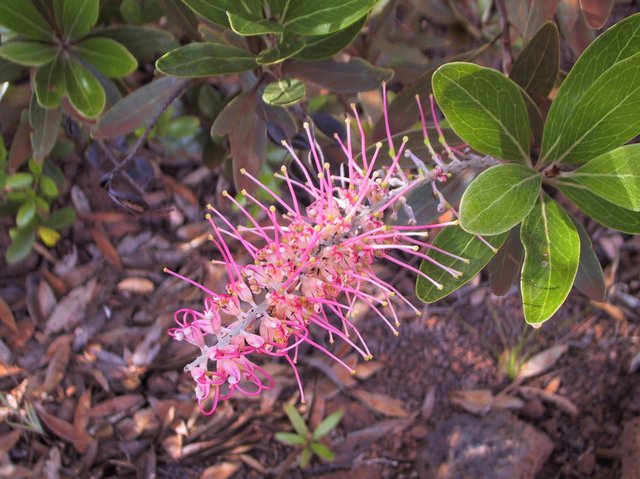
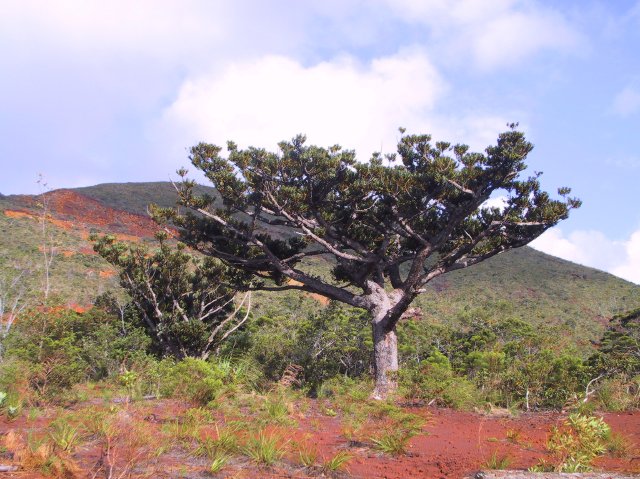
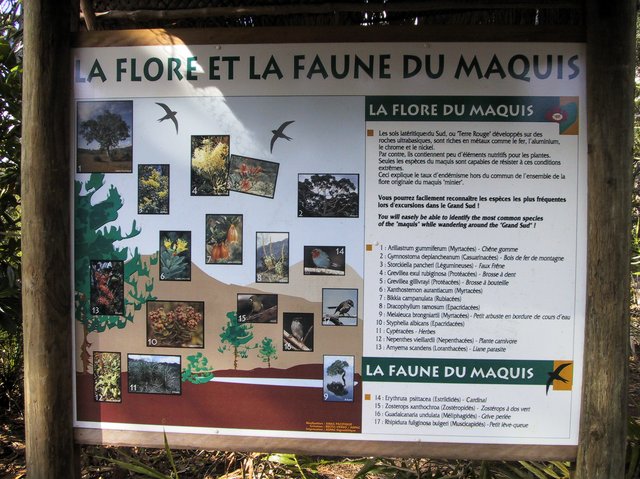
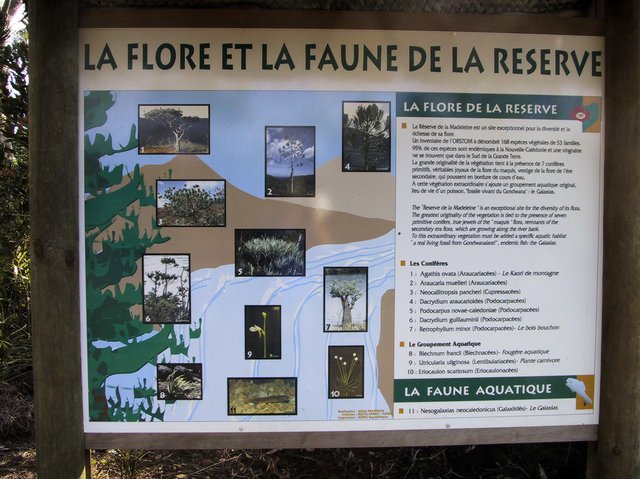
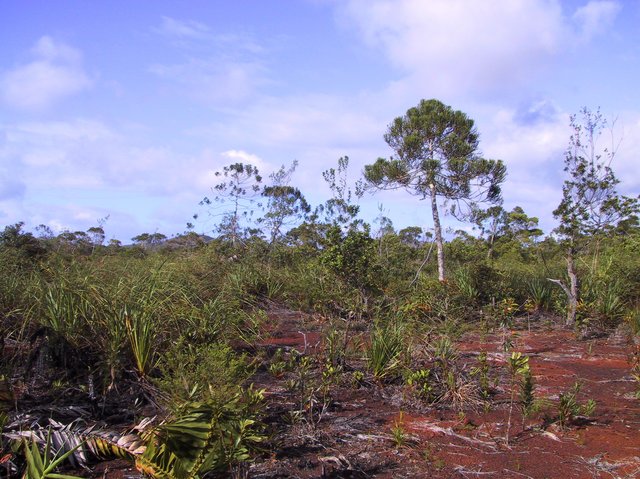
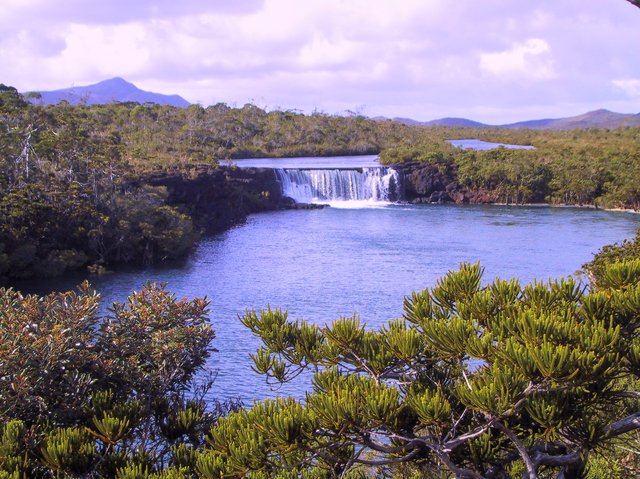
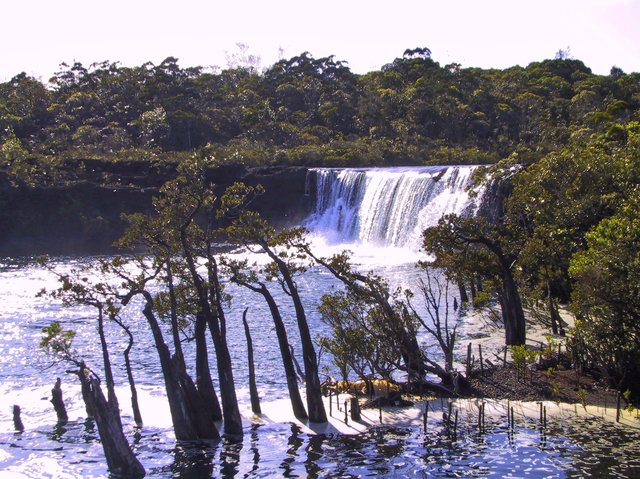

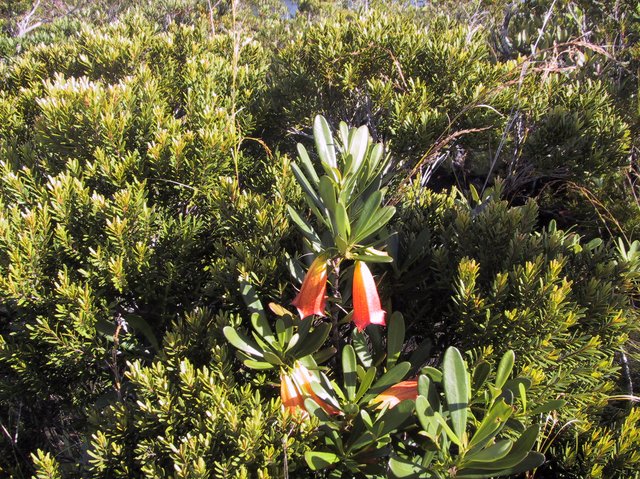
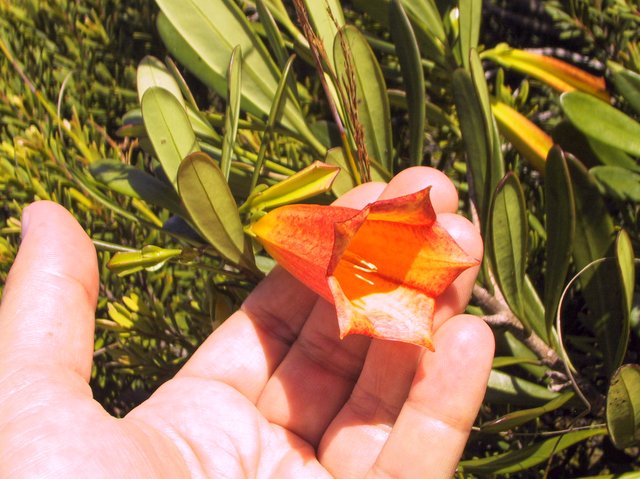
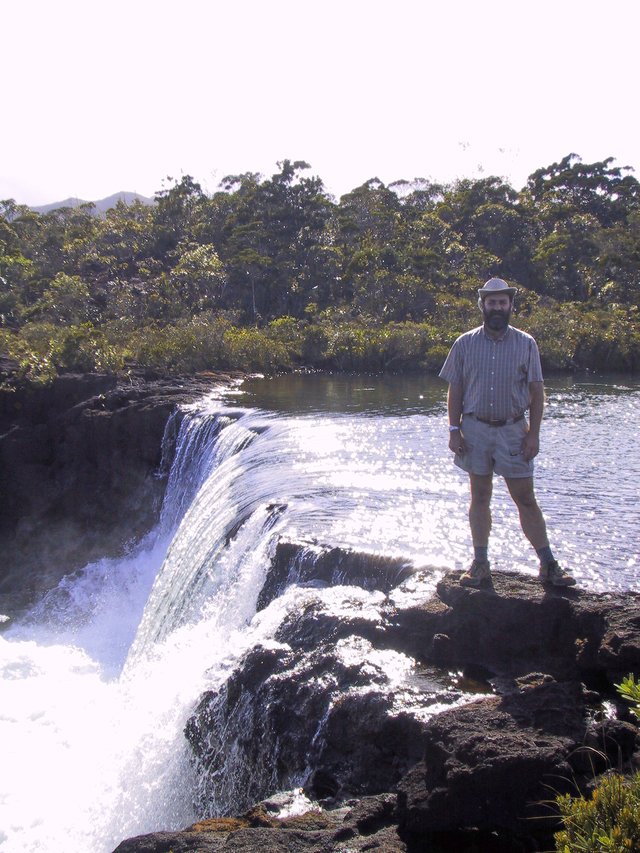
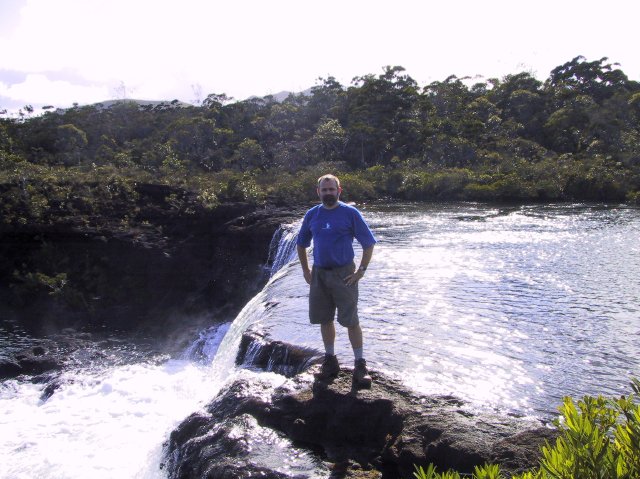
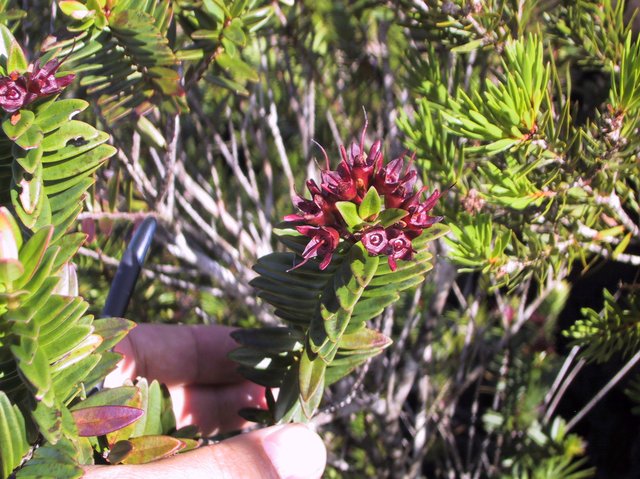
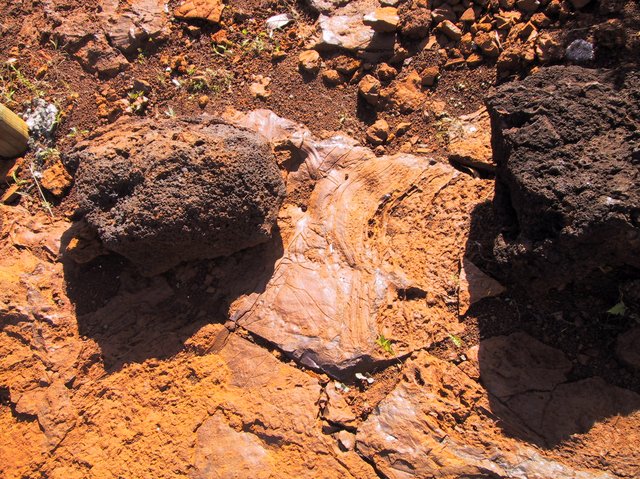
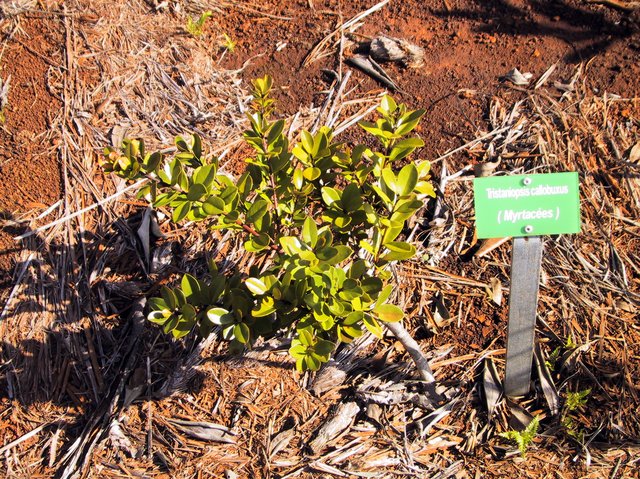
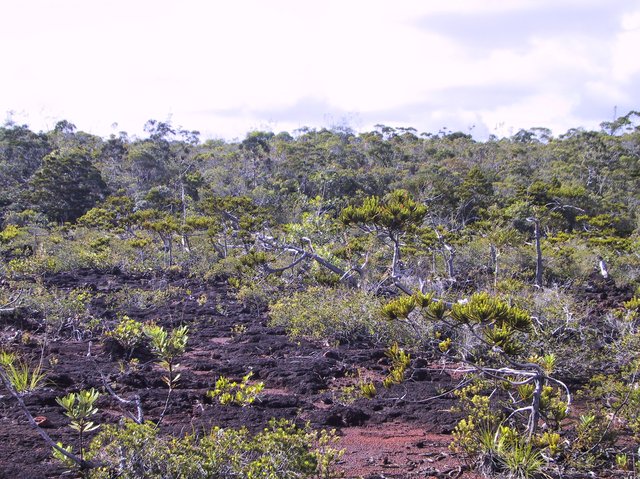
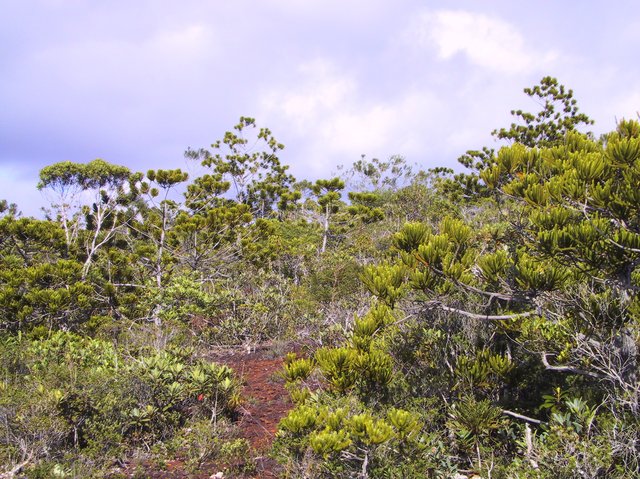
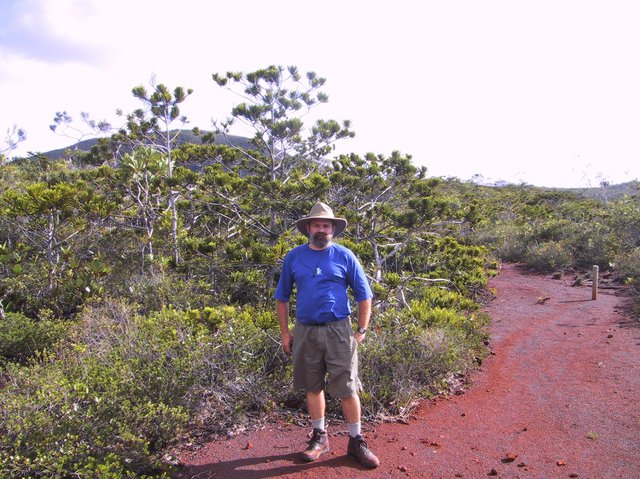
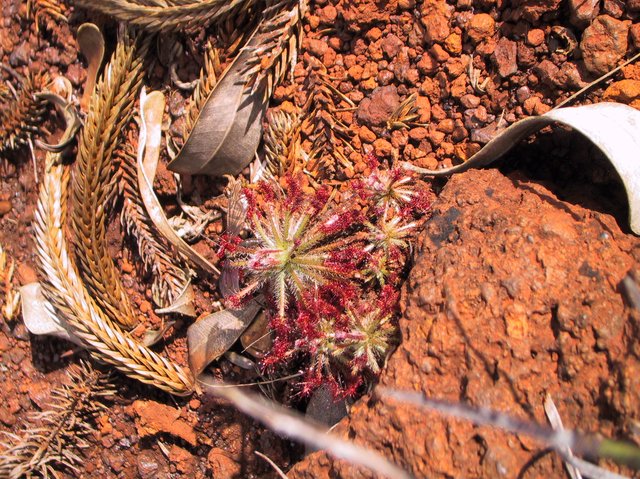
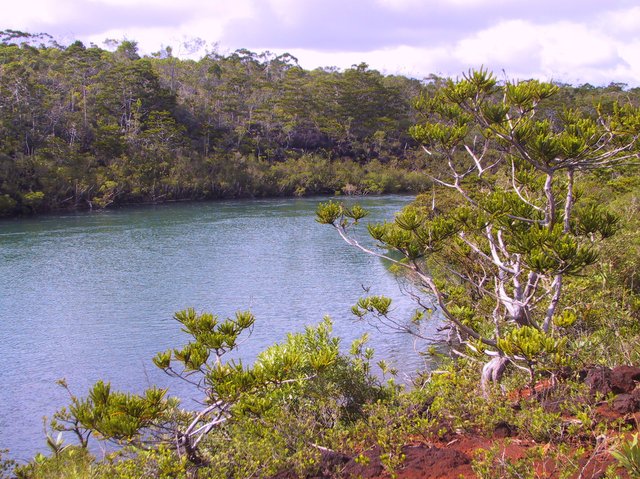
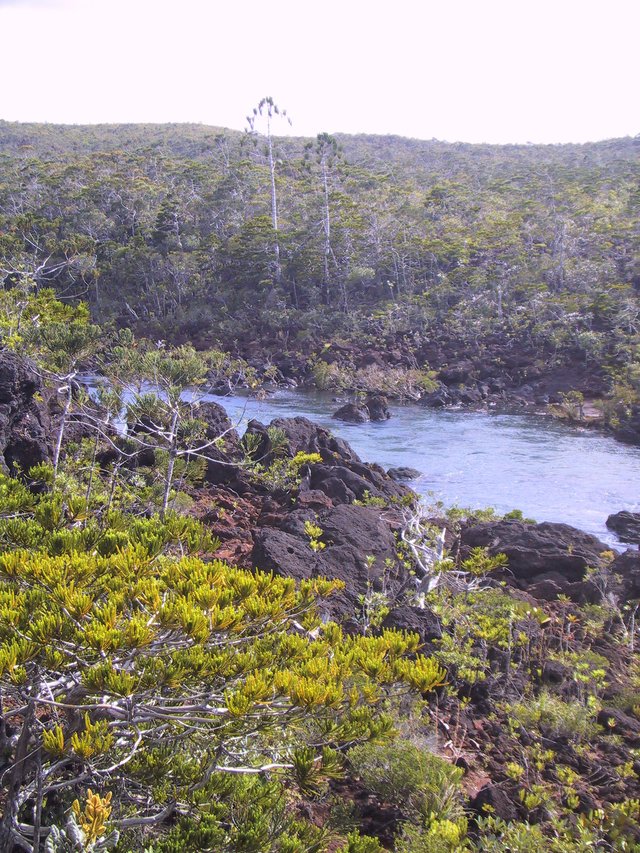
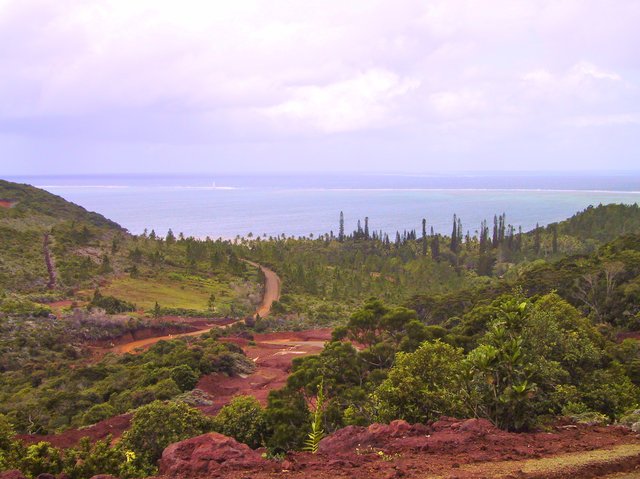
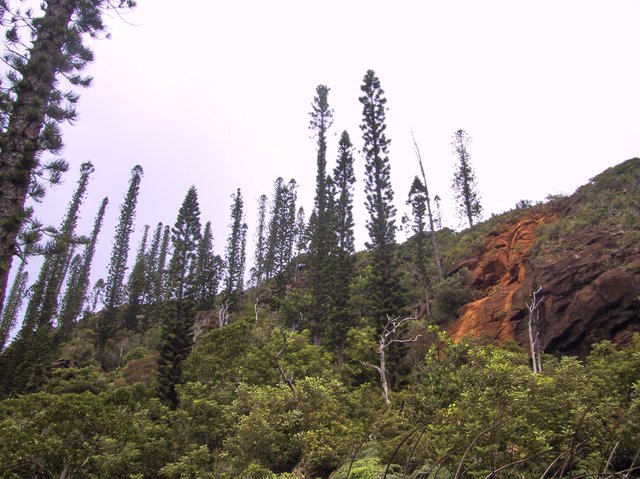
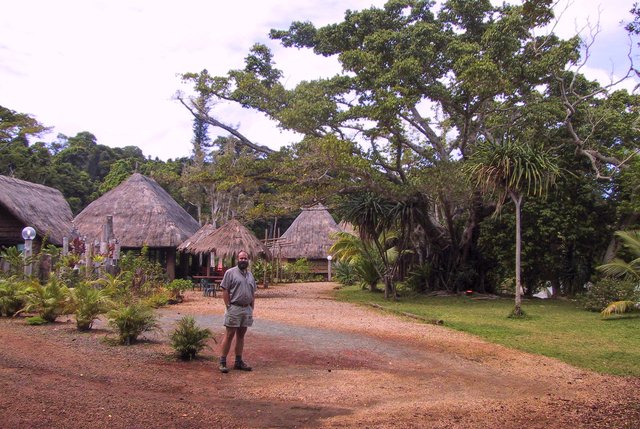
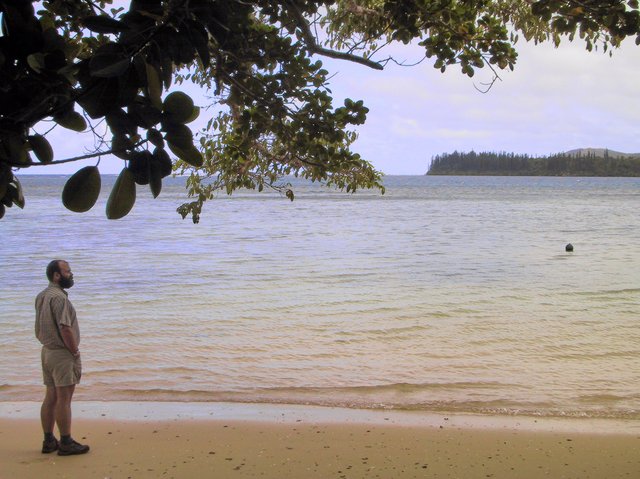
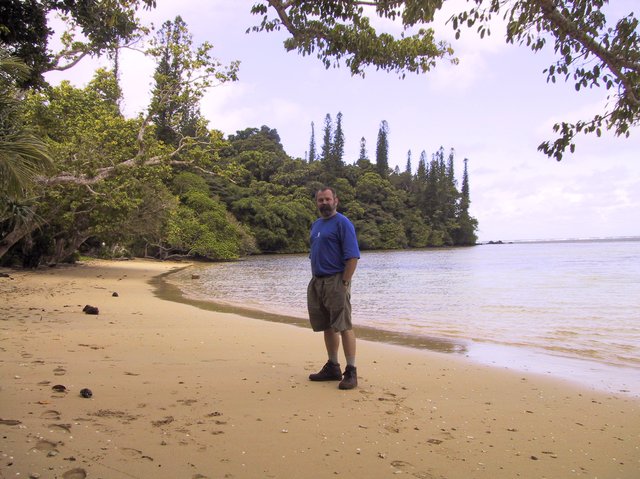
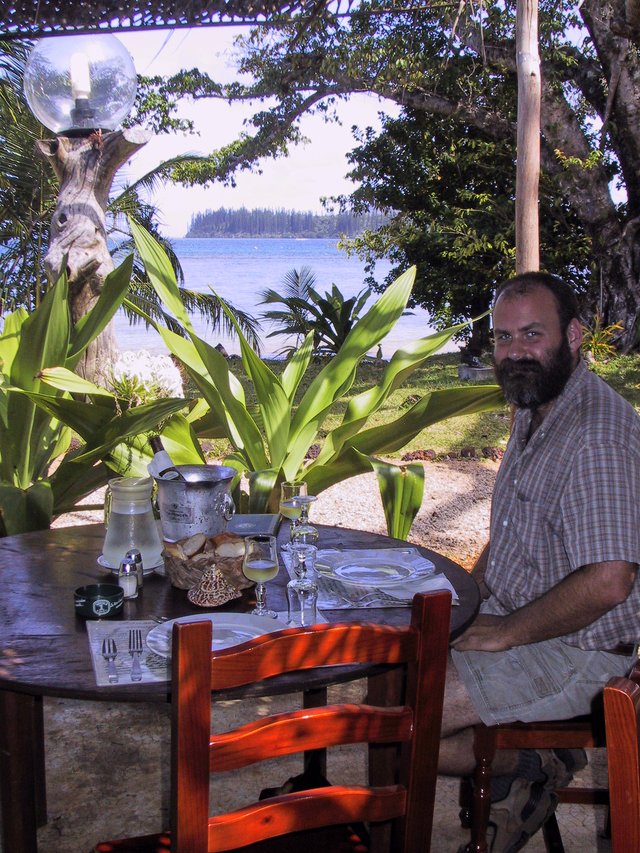
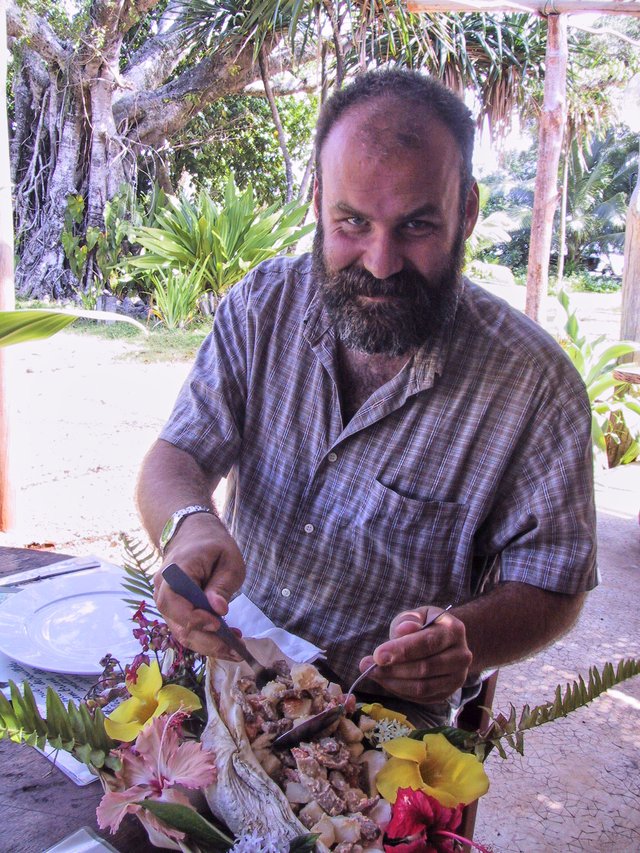
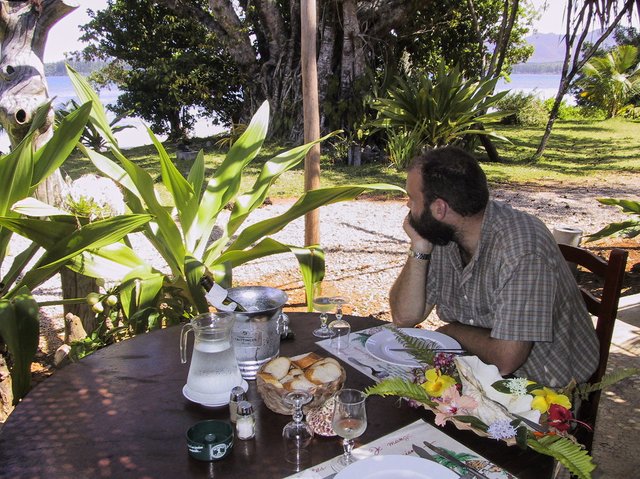
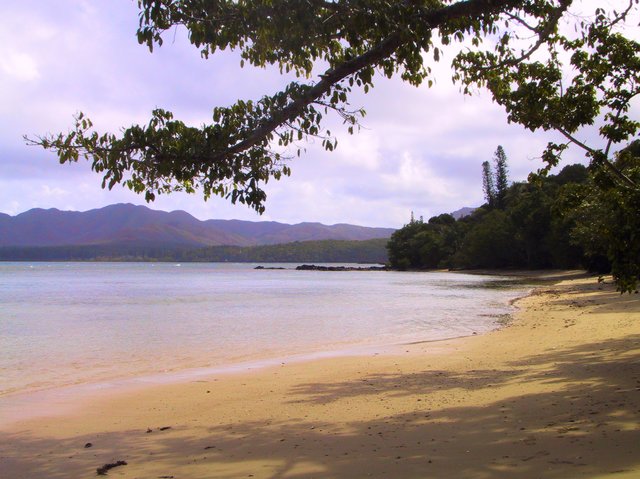
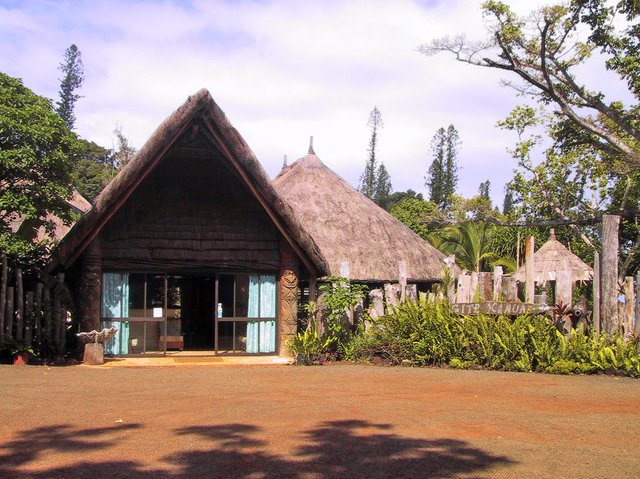
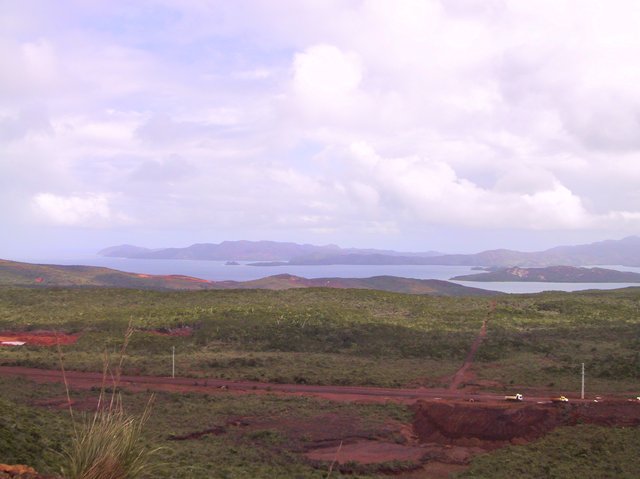
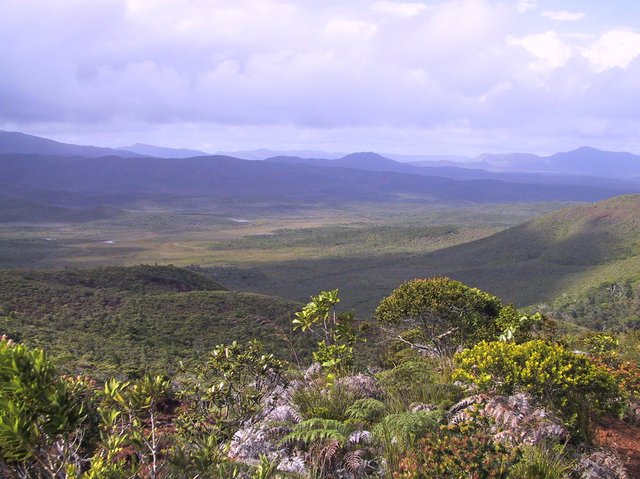
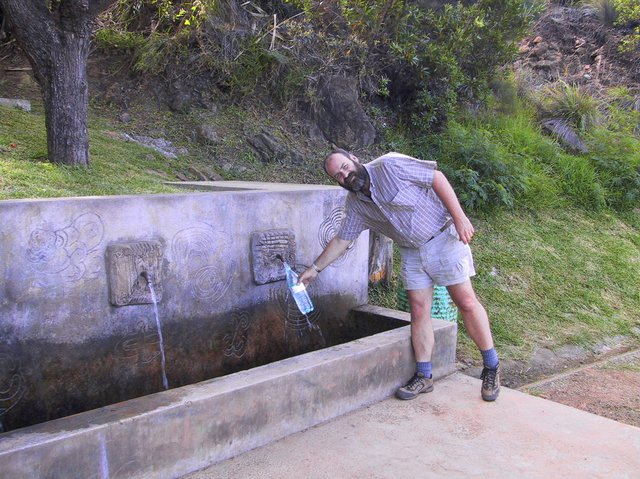

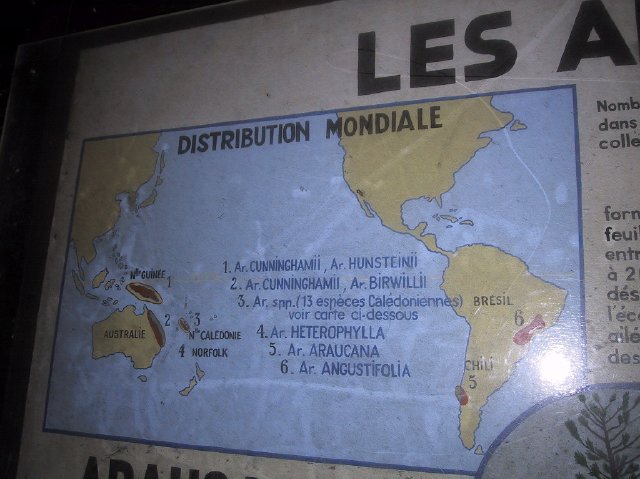
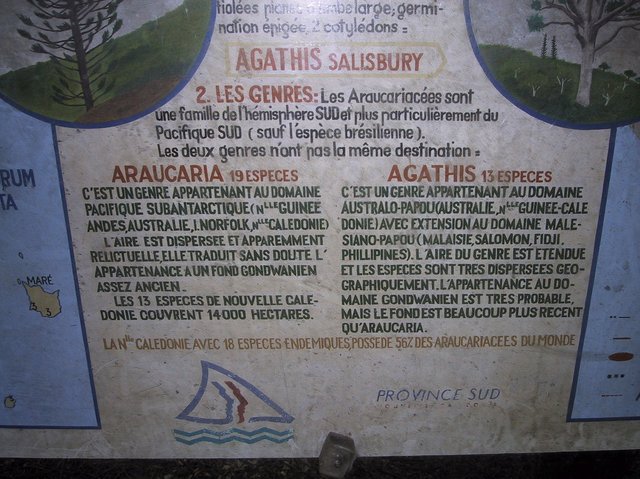
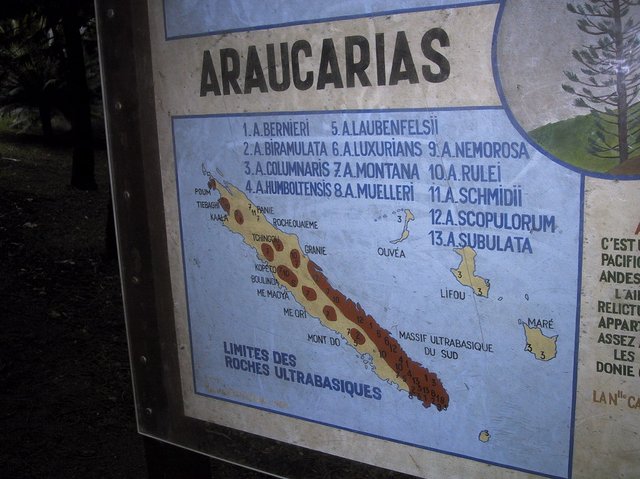
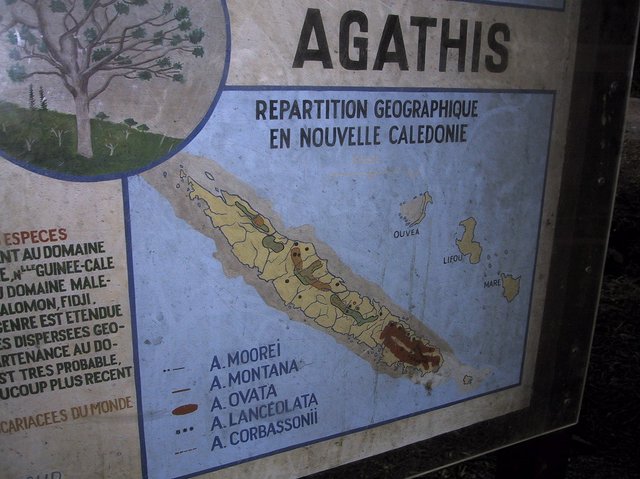

Wonderful day. . . thanks for writing about it.